The 2021 Kawasaki Z900RS Cafe: Retro cafe vibes, modern cafe technology
Contents
Kawasaki’s 2021 Z900RS Cafe is a throwback to the lightweight, four-cylinder road rockets that raced between cafe stops in the 1960s and 1970s. A lowered seat height, raked back clip ons, and the aerodynamic headlight cowling to tuck down behind all speak the language of days gone by, but the 948cc inline-four is anything but, putting down a respectable 110 HP and 73 lb-ft of torque. The Z900 is the perfect retro-style bike in Kawasaki’s 2021 lineup.
As usual, Kawasaki Motorcycles does not skimp out on the racer-like underpinnings of the Z900RS Cafe. 36mm throttle bodies gulp in air to mix with the fuel from the injectors, producing a purring growl at idle. Twist open the throttle, and you’ll hear the distinct, throaty roar that the old Kawasaki bikes are known for.
Japan’s big four has truly embraced heritage bikes, with at least one being made by each manufacturer. We, the riding public, are lucky that Kawasaki makes one that can be ridden either as a comfortable sport tourer, or a tucked down cafe racer, and be good at both in equal measure.
The 2021 Kawasaki Z900RS Cafe starts at $11,899 USD and is at the time of this article, not available in Canada.
On this page: we’ve curated specs, features, news, photos/videos, etc. so you can read up on the new 2021 Kawasaki Z900RS Cafe in one place.
Model Overview
General Info
- Price: $11,899 USD
- Key Features:
-
- Retro styling, modern technology
- Dual-zone ABS
- Tuned exhaust to sound like the bikes of yesteryear
Main Specs
- Engine Type: 948cc 4-stroke, DOHC, 16-valve, liquid-cooled inline-four
- Horsepower: 110 HP
- Torque: 73 lb-ft
- Wet Weight: 476 lbs (216 kg)
- Seat Height: 32.3 inches (820 mm)
2021 Kawasaki Z900RS Cafe Specifications
ENGINE |
||
| Engine | 948cc 4-stroke, DOHC, 16-valve, liquid-cooled inline-four | |
| Power | 110 HP | |
| Bore x Stroke | 73.4 x 56.0mm | |
| Compression Ratio |
10.8:1
|
|
| Fuel System | DFI® with Keihin 36mm throttle bodies | |
| Starter | Electric | |
| Lubrication | ||
DRIVETRAIN |
||
| Clutch | ||
| Transmission | 6-speed, return shift | |
| Final Drive | Sealed chain | |
CHASSIS |
||
| Suspension Front | Inverted telescopic fork with (13-way) adjustable compression and rebound (11-way) damping, spring preload (15-turn)/4.7 | |
| Suspension Rear | Horizontal back-link swingarm with stepless adjustable rebound damping and spring preload/5.5 in | |
| Brakes Front | Dual disc ABS | |
| Brakes Rear |
Single disc ABS
|
|
| Tires Front | 120/70 ZR17 | |
| Tires Rear | 180/55 ZR17 | |
| Fuel Tank Capacity | 4.5 gal | |
| Color |
Pearl Storm Gray
|
|
ELECTRICAL |
||
| Ignition | TCBI with electronic advance | |
| Spark Plugs | ||
| Headlight | LED | |
| Tail Light | LED | |
DIMENSIONS |
||
| Overall Length | 82.7 in | |
| Overall Width | 33.3 in | |
| Overall Height | 46.9 in | |
| Wheelbase | 57.9 in | |
| Ground Clearance | 5.1 in | |
| Seat Height | 32.3 in | |
| Curb Weight | 476.3 lb | |
WARRANTY |
||
| Warranty | 12 Months | |
| Kawasaki Protection Plus | 12, 24, 36 or 48 months | |
2021 Kawasaki Z900RS Cafe Features
Assist & Slipper Clutch
Under normal operation, the assist cam functions as a self-servo mechanism, pulling the clutch hub and operating plate together to compress the clutch plates. This allows the total clutch spring load to be reduced, resulting in a lighter clutch lever feel when operating the clutch.
When excessive engine braking occurs – as a result of quick downshifts (or an accidental downshift) – the slipper cam comes into play, forcing the clutch hub and operating plate apart. This relieves pressure on the clutch plates to reduce back-torque and helps prevent the rear tire from hopping and skidding. This race-style function is particularly useful when sport or track riding.
Dual Throttle Valves
On models with dual throttle valves, there are two throttle valves per cylinder: in addition to the main valves, which are physically linked to the throttle grip and controlled by the rider, a second set of valves, opened and closed by the ECU, precisely regulates intake airflow to ensure a natural, linear response. With the air passing through the throttle bodies becoming smoother, combustion efficiency is improved and power is increased.
Economical Riding Indicator
Using high-precision electronic control for engine management, Kawasaki models can achieve a high level of fuel efficiency. However, fuel consumption is greatly affected by throttle use, gear selection, and other elements under the rider’s control. The Economical Riding Indicator is a function that indicates when current riding conditions are consuming a low amount of fuel. The system continuously monitors fuel consumption, regardless of vehicle speed, engine speed, throttle position and other riding conditions. When fuel consumption is low for a given speed (i.e. fuel efficiency is high), an “ECO” mark appears on the instrument panel’s LCD screen. By riding so that the “ECO” mark remains on, fuel consumption can be reduced.
While effective vehicle speed and engine speed may vary by model, paying attention to conditions that cause the “ECO” mark to appear can help riders improve their fuel efficiency – a handy way to increase cruising range. Further, keeping fuel consumption low also helps minimize negative impact on the environment.
(Kawasaki Traction Control)
Less intrusive modes maintain optimum traction during cornering. Designed with sport riding in mind, they facilitate acceleration out of corners by maximizing forward drive from the rear wheel. And because Kawasaki’s sophisticated software bases its dynamic analysis on the chassis’ orientation relative to the track surface (rather than relative to a horizontal plane), it is able to take into account corner camber, gradient, etc., and adapt accordingly.
In the more intrusive modes (and for some models, in any mode), when excessive wheel spin is detected, engine output is reduced to allow grip to be regained, effectively enabling riders to negotiate both short, slippery patches (train tracks or manhole covers) and extended stretches of bad roads (wet pavement, cobblestone, gravel) with confidence.
Models equipped with IMU incorporate chassis-orientation feedback to offer even more precise management.
Sound Tuning
Designed specifically to allow riders to enjoy their motorcycles aurally as well as physically, the carefully crafted auditory notes can be the key components of the street riding exhilaration offered by models that have benefitted from sound tuning. Sound tuning can include conducting sound research, designing intake and exhaust system components based on an acoustic test carried out in a sound room, and careful consideration of every detail of a system’s components to ensure a balance of performance and the desired sound.
ABS (Anti-lock Brake System)
ERGO-FIT®
ERGO-FIT® is an interface system designed to allow riders to find their ideal riding position. Various points of the chassis interface (the handlebar, footpegs and seat, etc.) can be adjusted through a combination of interchangeable parts and parts with adjustable positions. This enables a wide range of riders to find a riding position that offers both comfort and control. Feeling at one with their machine, they will be able to experience how Kawasaki machines are fun and rewarding to ride.
*Adjustable parts and their range of adjustability vary by model.
Horizontal Back-link Rear Suspension
A secondary benefit is that the shock unit is placed far away from exhaust heat. Because it is more difficult for heat from the exhaust system to adversely affect suspension oil and gas pressure, suspension performance is more consistent.
2021 Kawasaki Z900RS Cafe Photos
2021 Kawasaki Z900RS Cafe Videos
Not Available
Links
Kawasaki Official Websites


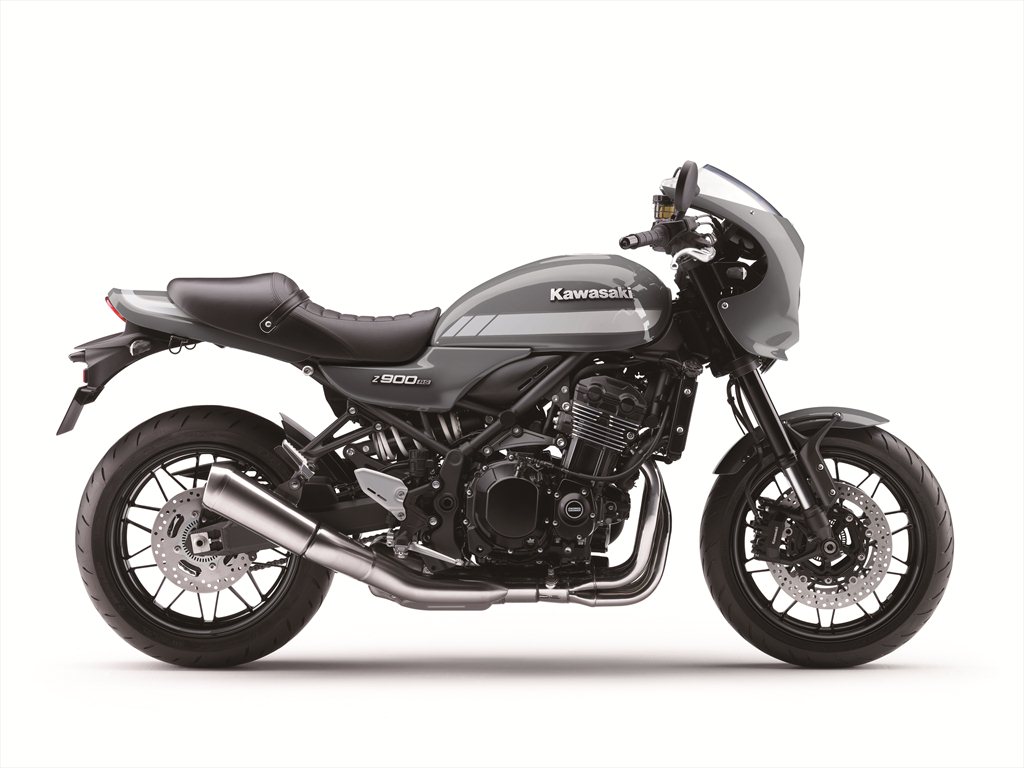
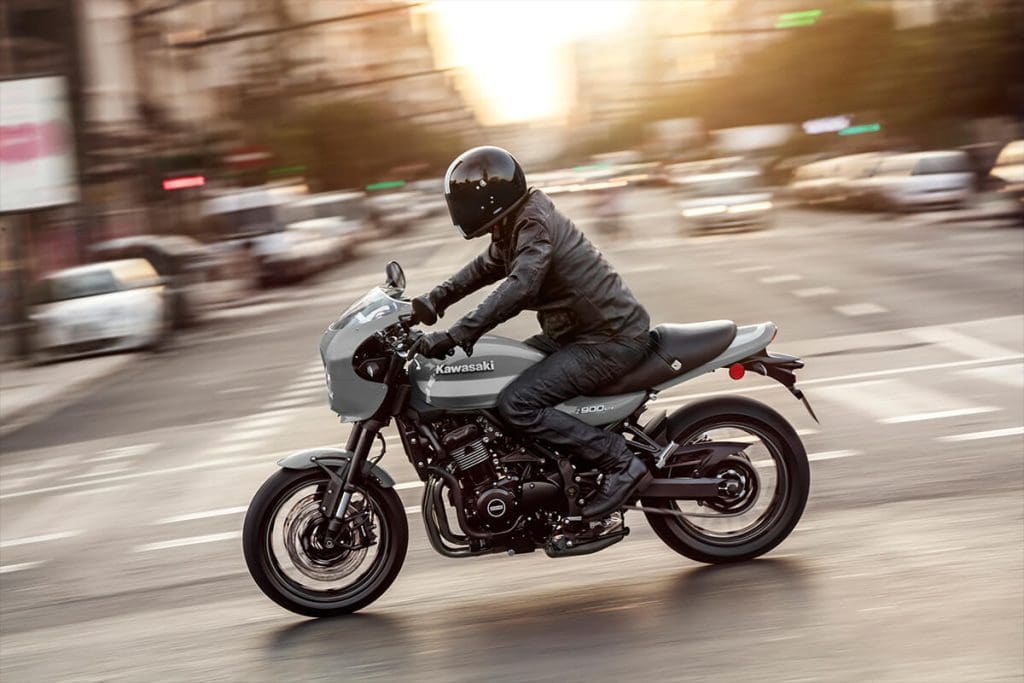
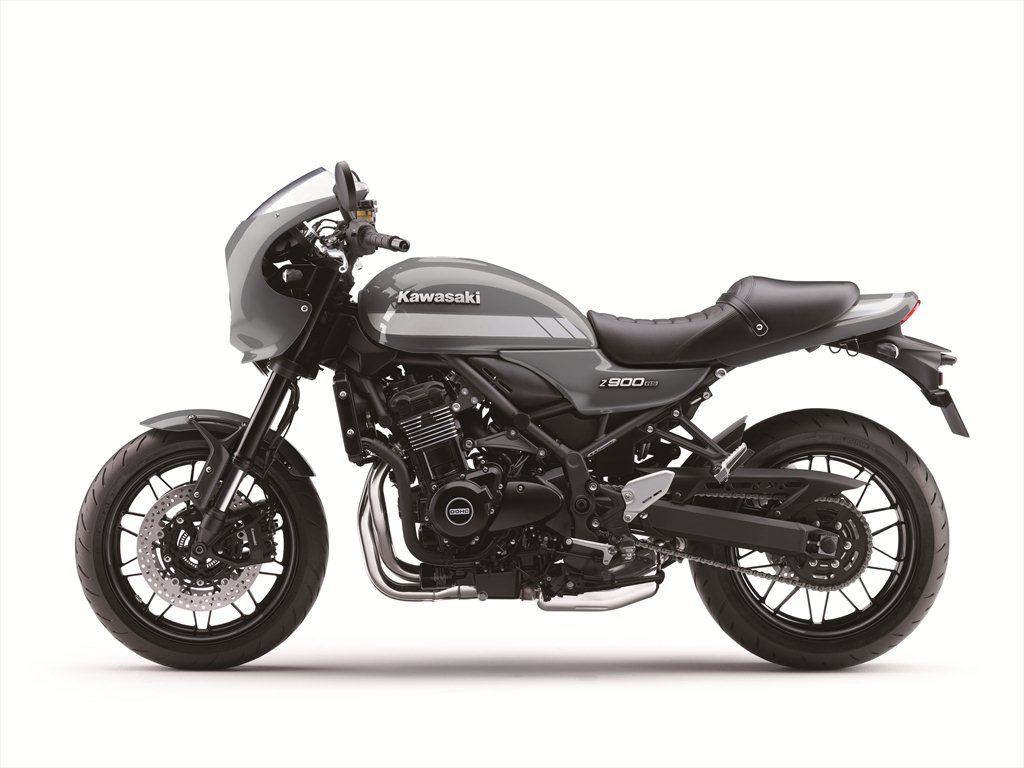

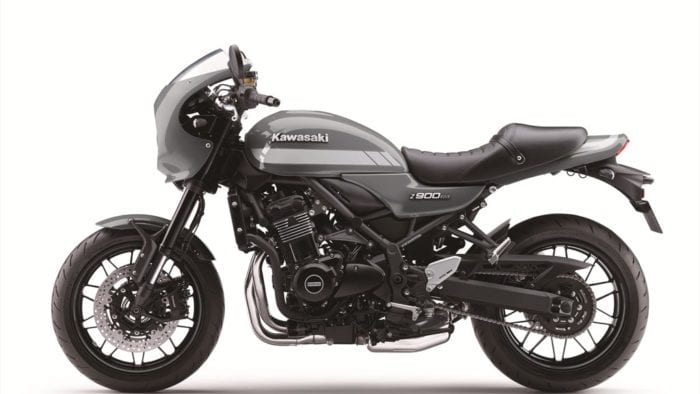


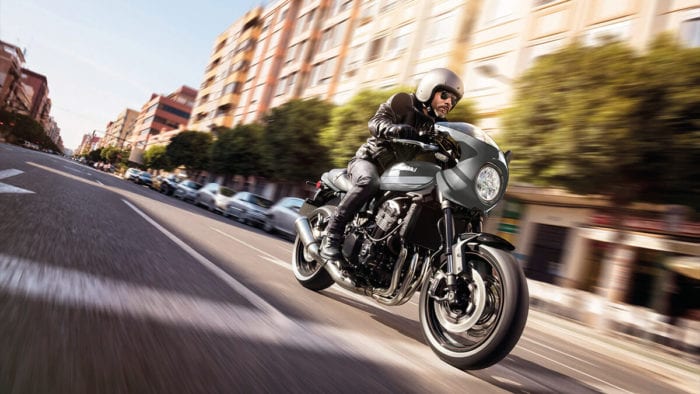

No Comment